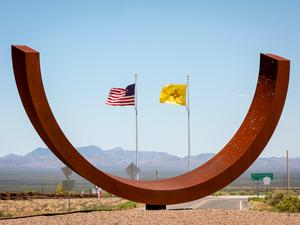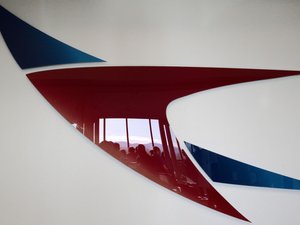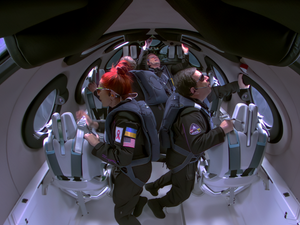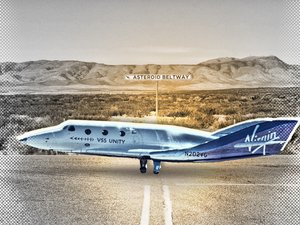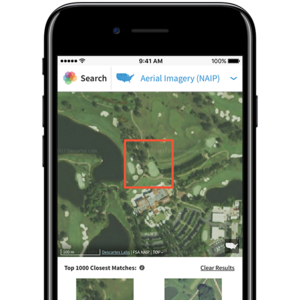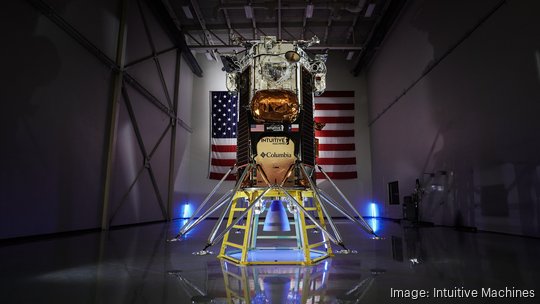
Intuitive Machines Inc., a Houston-based space technology company, touched its "Odysseus" lander down on the surface of the moon on Thursday afternoon, marking the first U.S.-made vehicle to land on the lunar surface since 1972's Apollo 17 mission.
A key step in Intuitive Machines' path to a successful lunar landing came through New Mexico. The company (NASDAQ: LUNR) completed a series of tests of its laser range finder technology, used on its lander system, in the state in the past few years.
The first of those tests came in 2021, when the company used fixed-wing aircraft launched from Las Cruces International Airport and flown into Spaceport America's restricted airspace to simulate the initial stages of a lunar landing.
Following those first tests, Intuitive Machines ran final tests at Spaceport America using a Robinson R44 helicopter. The company's laser range finder technology was attached to the helicopter's side in a test designed to mimic the final descent process of landing on the moon, according to Spaceport America.
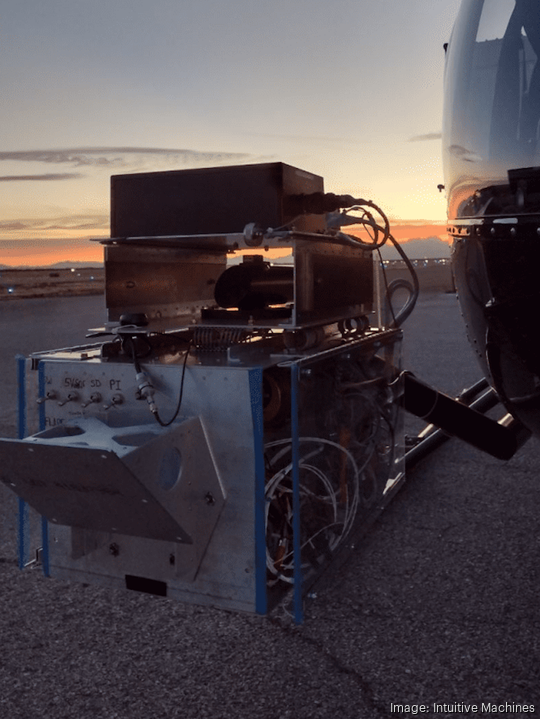
"We are very happy that we can support testing of such a wide range of space technologies at Spaceport America," Scott McLaughlin, the Spaceport's executive director, said in a statement. The 18,000-acre facility near Truth or Consequences hosts several tenants, including anchor tenant Virgin Galactic (NYSE: SPCE), UP Aerospace and SpinLaunch, as well as other companies who run period tests, like Intuitive Machines.
Intuitive Machines' lunar mission, called IM-1, launched from Kennedy Space Center in Florida shortly after midnight on Thursday, Feb. 15. A SpaceX Falcon 9 rocket carried Intuitive Machines' lander into space.
Just over a week later, the lander craft touched down on the lunar surface. A post by NASA on the social media website X, formerly known as Twitter, confirmed the uncrewed lunar lander's landing at 4:23 p.m. Thursday.
NASA paid Intuitive Machines just shy of $118 million through its Commercial Lunar Payload Services program, per reporting by sister paper Houston Business Journal. Other payloads aboard the Houston company's IM-1 mission include instruments from Nokia, Columbia Sportswear and Aegis Aerospace, another Houston-based firm.
Intuitive Machines is an anchor tenant at the Houston Spaceport, where it manufactured its Odysseus lander at a $40 million production center.
The company's stock shot up following the successful moon mission, Houston Inno reported. It's trading at $9.89 at the time of publishing after opening Friday at $11.60, per MarketWatch.
